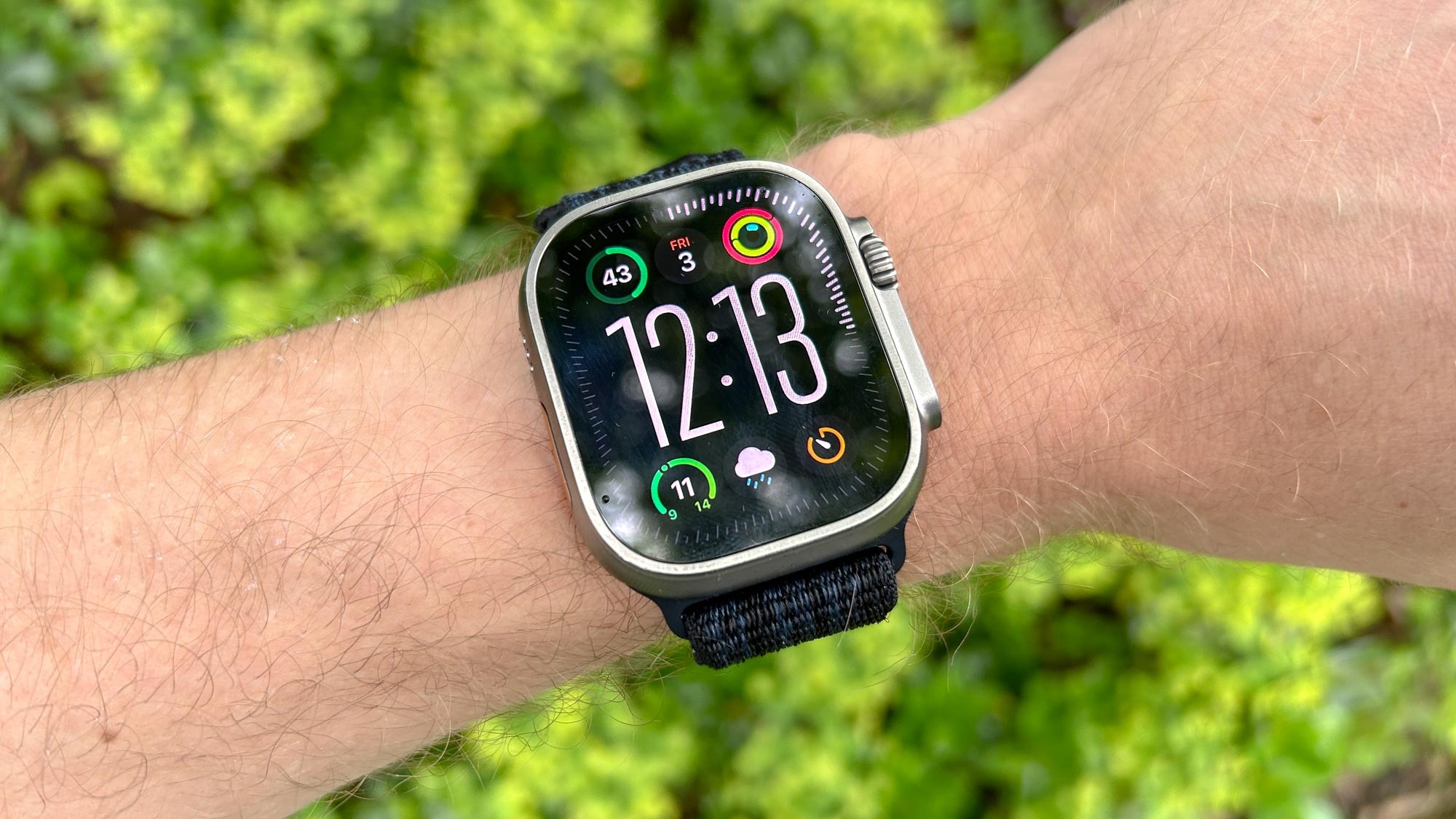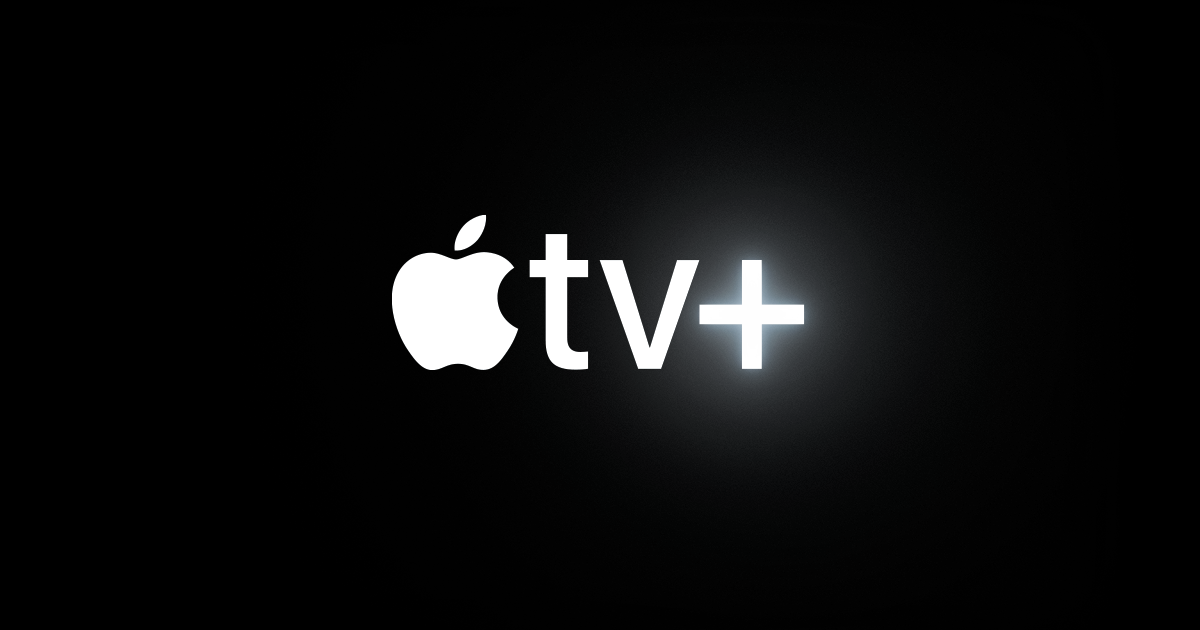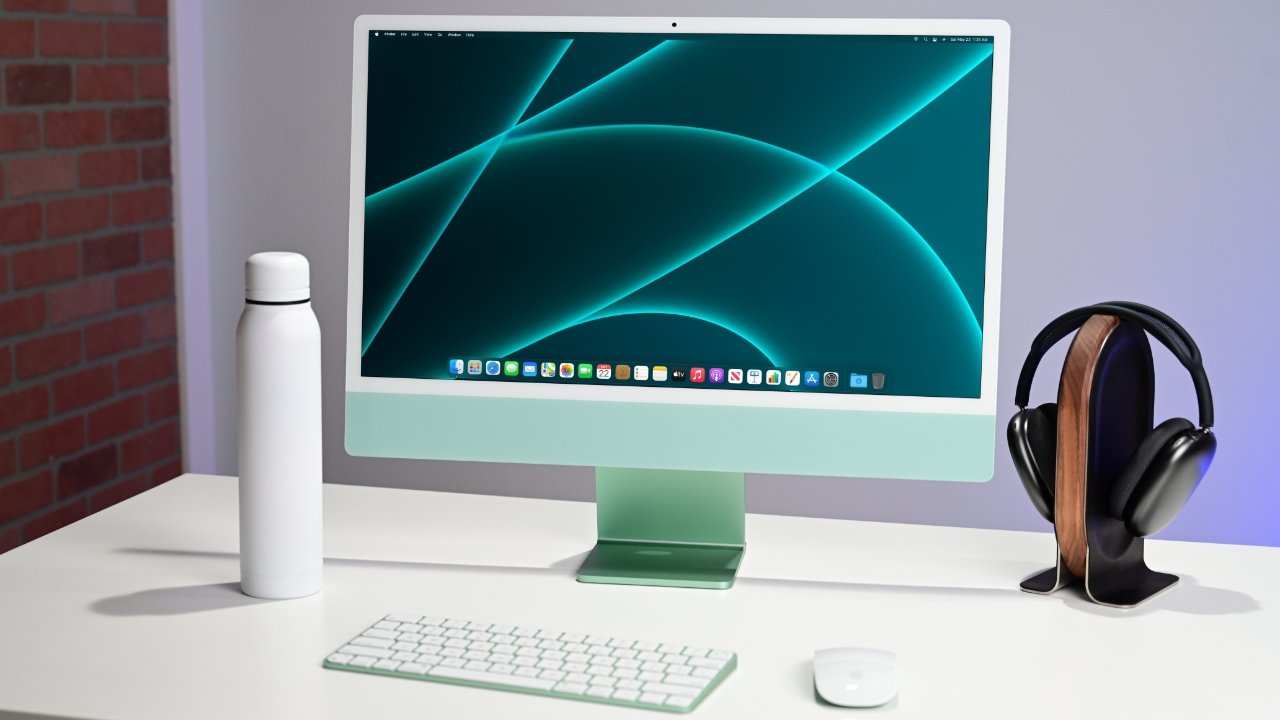The Apple Watch is making a big difference for referees in NHL hockey games. A special app called NHL Watch Comms was created just for NHL officials who work on the ice. This app will get its first outdoor test at tomorrow’s Stadium Series game in Ohio.
The NHL announced this exciting update in a blog post recently. They said:
For the first time in an outdoor match, referees will use the NHL Watch Comms App on their Apple Watches. This app, built by Presidio, sends live updates during the game to help officials stay on top of everything happening. Referees will feel small taps on their wrists to alert them about important moments, like how much time is left on the game clock, penalty timers, and even the jersey numbers of players sitting in the penalty box.
This handy tool has been tested and improved over the past few seasons at indoor rinks. Now, it’s ready for its outdoor debut this Saturday. That’s when the Columbus Blue Jackets take on the Detroit Red Wings at Ohio Stadium, a famous football spot tied to The Ohio State University. Hockey games are loud and fast, which makes it tricky for referees to talk to each other. An outdoor game adds even more challenges, like wind or weather. That’s where the Apple Watch steps in to help.
The app uses those wrist taps to keep referees in sync with the game clock—kind of like how fans might follow a live sports update on their own Apple Watches. But for refs, it’s all about doing their job better. Pretty neat, right?
Here’s a peek at the NHL Watch Comms app, designed by Presidio for the NHL referees:
This simple yet smart tool shows how tech can make a tough job a little easier, even in the middle of a thrilling hockey game.







